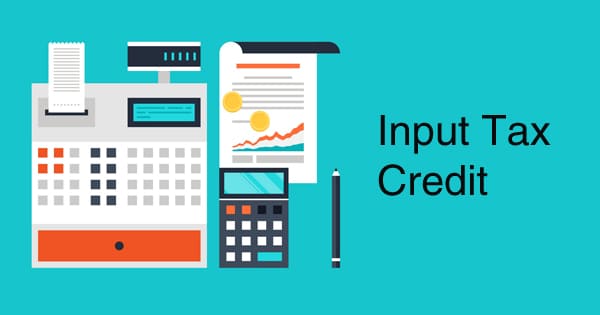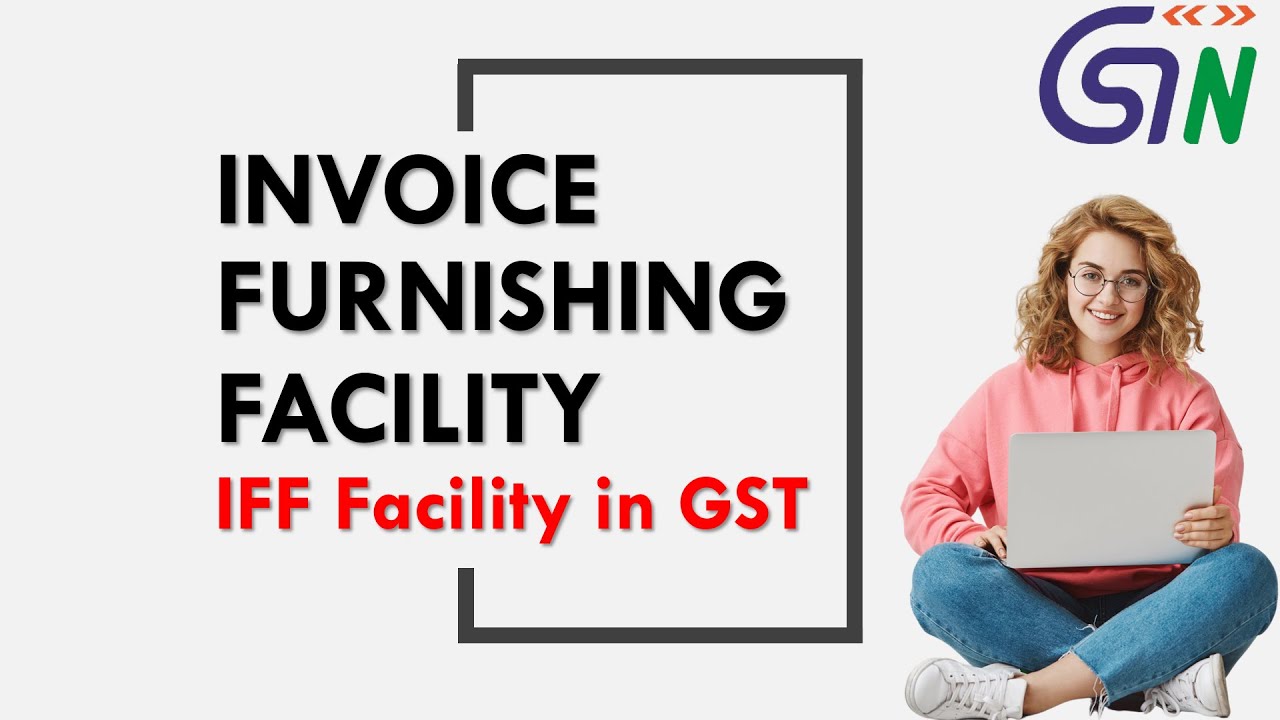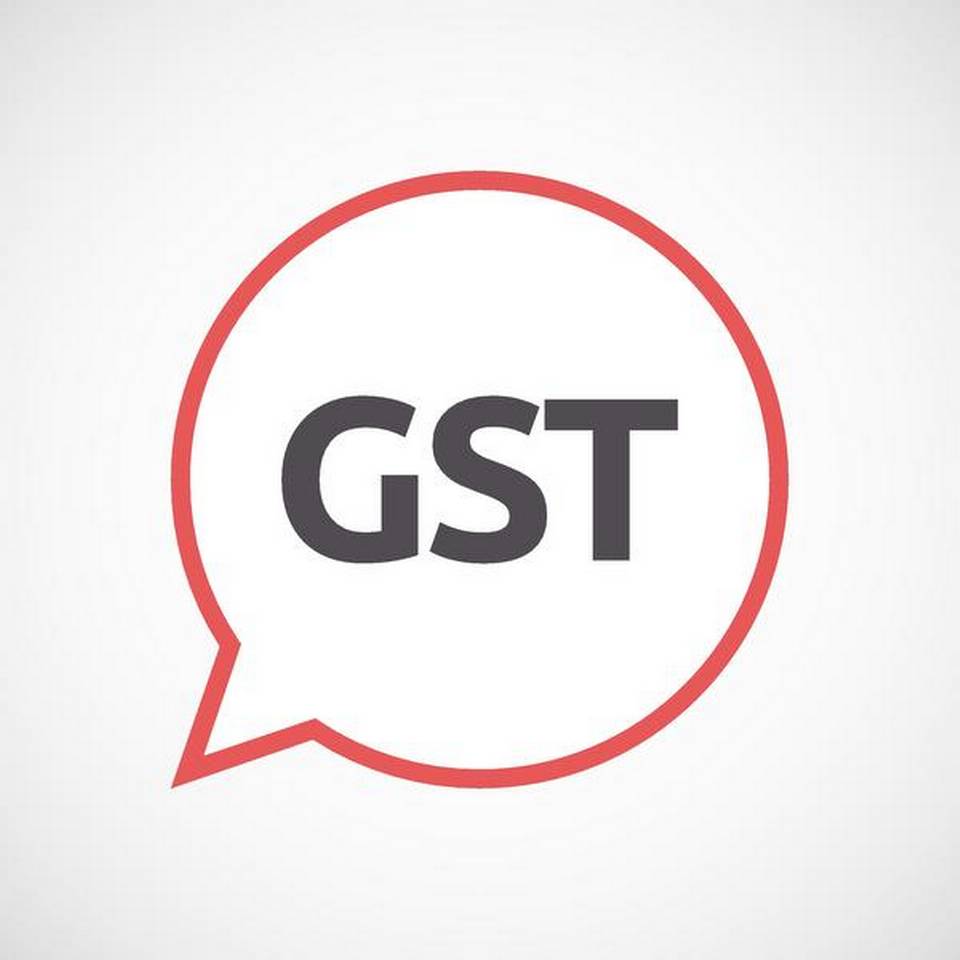In this article we shall go through some important FAQs in regard to composition scheme and also understand how a regular tax payers can opt for composition scheme on the GST portal.
Small taxpayers do not possess sufficient knowledge, expertise and manpower to comply with the GST compliances including the detailed accounting and paper work involved. Accordingly, for such tax payers, an optional simplified composition scheme has been prescribed, vide Section 10 of the CGST Act, 2017.
Q.1 Can I opt for the Composition Scheme?
Ans: You can opt for the Composition Levy under Section 10(1) of the CGST Act, if you are a regular taxpayer with an aggregate annual domestic PAN-based turnover as specified from time to time (even application for new registration can be made under composition levy).
As per Notification No. 14/2019 – Central Tax, dated 7th March 2019 taxpayers having aggregate turnover of upto Rs 150 lakhs (limit of Rs 100 lakhs upto 31-3-2019) in the preceding financial year are eligible to avail composition scheme , if they are located in India except States of i) Arunachal Pradesh, (ii) Manipur, (iii) Meghalaya, (iv) Mizoram, (v) Nagaland, (vi) Sikkim, (vii) Tripura and viii) Uttarakhand.
However in case of tax payers located in the States of i) Arunachal Pradesh, (ii) Manipur, (iii) Meghalaya, (iv) Mizoram, (v) Nagaland, (vi) Sikkim, (vii) Tripura and viii) Uttarakhand, their aggregate turnover of preceding financial year should not exceed Rs 75 lakhs, otherwise they will become ineligible to avail the Composition Scheme. (proviso to Notification No. 14/2019 – Central Tax, dated 7-3-2019 effective from 1-4-2019).
Further apart from normal composition levy another composition levy has been prescribed under Section 10(2A) of the CGST Act read with Notification No. 2/2019-CT (Rate) dated 7-3-2019 for small service providers (and those who are supplier of goods as well as services exceeding 10% of turnover within State / UT) whose aggregate turnover during the previous year did not exceed Rs 50 lakhs.
Normally, you cannot opt for the Composition Levy if you are/you make:
- any supply of goods which are not liable to be taxed under this Act
- inter-state outward supplies of goods
- supplies through electronic commerce operators who are required to collect tax under section 52.
- a manufacturer of notified goods
- a casual dealer
- a Non-Resident Foreign Taxpayer
- a person registered as Input Service Distributor (ISD)
- a person registered as TDS Deductor/Tax Collector.
Q.2 How do I opt for Composition Scheme if I am already registered as a regular taxpayer?
Ans: To opt for the Composition Levy, perform the following steps on the GST portal:
1. Log in to the Taxpayers’ Interface
2. Go to Services > Registration > Application to Opt for Composition Levy
3. Fill the form as per the form specification rules and submit.
Before opting for composition levy you should remember that you will not be able to avail input tax credit. Also the tax payable on composition supplies @ 1%, 5% or 6% as the case may be cannot be recovered from the customers and you need to pay it from your own pocket. Though benefits like quarterly return filing / tax payments also accrue to composition suppliers. Thus before switching from regular scheme to composition scheme you need to proper analysis and decide accordingly.
Q.3 How do I go from regular to composition scheme in GST?
Ans: Any taxpayer who is registered as normal tax payer under GST needs to file an application to opt for Composition Levy in Form GST-CMP-02 at GST Portal prior to the commencement of financial year for which the option to pay tax under the aforesaid section is exercised.
Q.4 When can I opt for the Composition Levy?
Ans: In order to avail this scheme, you need to file an online application to Opt for Composition Levy with the tax authorities. Taxpayers who can opt for this scheme can be categorized as below:
1. New Taxpayers: Any person who becomes liable to register under GST Act, after the appointed day, needs to file his option to pay composition amount in the Application for New Registration in Form GST REG-01.
2. Existing Taxpayers: Any taxpayer who is registered as normal tax payer under GST needs to file an application to opt for Composition Levy in Form GST-CMP-02 at GST Portal prior to the commencement of financial year for which the option to pay tax under the aforesaid section is exercised.
Q.5 I am a registered taxpayer availing the composition scheme under GST Portal. Do I need to file fresh application to opt for composition scheme?
Ans: For those taxpayers, who are already availing the composition scheme, there is no requirement to file fresh application opting for composition scheme, subject to compliance of relevant conditions/restrictions in this regard.
Q.6 Is it mandatory to file a Stock Intimation? How do I file a Stock Intimation?
Ans: Yes, it is mandatory to file a Stock Intimation in Form ITC-03.
In addition to filing the application to opt for Composition Levy, you would also require to file a Stock Intimation to furnish the details of stock held by you, on the day preceding the date from which you opt to pay the composition amount. You are required to file Stock Intimation details within 60 days of the date from which Composition Levy is sought.
The application to opt for Composition Levy is not subject to approval by the tax authorities. On filing of the application, you are marked as a composition taxpayer in the system and consequential changes are made in the system. However, in case it is found that you were not eligible for the Composition Levy or have not filed Stock Intimation, you would be compulsorily converted from Composition Scheme to Normal Taxpayer by initiating appropriate proceedings.
Q.7 Can I save the Application to Opt for Composition Levy?
Ans: Yes, the application can be saved for up to 15 days from the date of initiation after which it will be purged by the system.
Saved applications can be accessed using the My Saved Applications functionality available in the Taxpayers’ Interface.
Q.8 Can I opt for Composition Levy, if I have dealt in services?
Ans: Yes, you can opt for Composition Levy, even if you have dealt in services, from FY 2019-20 onwards.
Q.9 What are the returns to be filed by a Composition taxpayer?
Ans: Composition taxpayer needs to pay tax and furnish a statement, every quarter or part thereof, as the case may be, in FORM GST CMP-08.
And further he has to furnish a return for every financial year or part thereof, as the case may be, in FORM GSTR-4.
NOTE: For current applicable timelines, refer to Important Dates section on https://www.gst.gov.in/
Q.10 Can I opt for Composition Levy, if any one of the GSTIN with same PAN is registered as SEZ Unit/SEZ Developer?
Ans: No, you cannot opt for Composition Levy, if any one of the GSTIN with same PAN is registered as SEZ Unit/SEZ Developer.
How a regular taxpayer can opt for the Composition Levy?
The overview of the process of opting of Composition levy by a regular tax payer is depicted in form of flow chart for ready reference of our readers:
Steps involved in applying to Opt for the Composition Levy by a regular taxpayer on the GST Portal
To opt for the Composition Levy on the GST Portal, perform the following steps:
1. Access the https://www.gst.gov.in/ URL. The GST Home page is displayed.
2. Log into the GST Portal by entering your login Credentials.
3. Once you have logged in, select ‘Application to Opt for Composition Levy’ from the Registration Menu.
4. You will be directed to a new screen– Application to Opt for Composition Levy. Your GSTIN, Legal Name of Business, Trade Name (if any), and Address of Principal Place of Business will be displayed.
5. Below that, your Nature of business and Jurisdiction will be listed.
6. Below these details, there is a Composition Declaration that you must check to pledge to abide by the conditions and restrictions for Taxpayers who are under the Composition Levy.
7. Before submission, you must also check the box for Verification (below the Composition Declaration) that states that all the information given is true and that nothing has been concealed from the authority.
8. Finally, before submission, select the Authorized Signatory from the drop down menu and enter the Place.

9. Once you select the Authorized Signatory and enter the Place, the options to submit the form will get activated. Select the desired mode– DSC, E-sign, or EVC– and click the corresponding submission option. For the purpose of this manual, we will submit the application using DSC.
10. You will get a prompt to confirm your action, click on PROCEED to move forward.
11. The system will retrieve the installed digital signatures available on your system using the emSigner and you will get a pop-up to select the desired DSC. Select the desired signature.
12. Once you select the desired digital signature (it will get highlighted in blue), click Sign. If your digital signature is authenticated, you will get a SUCCESS message.
13. The system will perform some validations and if they are successful your ARN for the work item will be generated and sent to you via e-mail and SMS within the next 15 minutes.
Source: GST Portal
***
[rainbow]Don’t miss the next GST Update / Article / Judicial pronouncement[/rainbow]
Subscribe to our newsletter from FREE to stay updated on GST Law
Resolve your GST queries from national level experts on GST free of cost.
TW Editorial Team comprises of team of experienced Chartered Accountants and Advocates devoted to spread the knowledge of GST amongst the various stakeholders.














